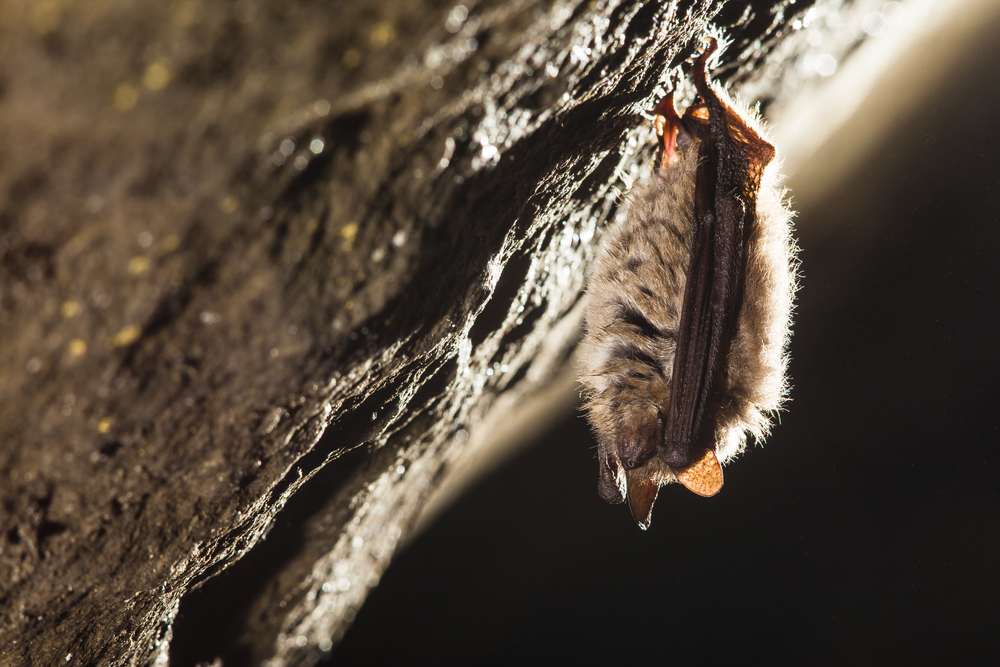The Little Brown Bat, also known scientifically as the Myotis lucifugus, is a small species of bat that can weigh around 5.5 to 12.5 grams and has a length of approximately 8 to 9 centimetres. The Little Brown Bat primarily lives in caves, forests, caverns, and mine shafts just to name a few places. The Little Brown Bat is not territorial in nature but relies on a big colony of bats that are with each other in their roosts. Roosts are places where bats are inactive and where you can see them hang upside down.
If you have a bat infestation, do not hesitate to contact the licensed and insured exterminators from Bat Control
These bats might migrate miles away to overwinter in their hibernacula and come back during the warmer months. This might come as a surprise, but the housecat seems to be a notorious predator of the bat, and since they are often in large swats, they are very easy to catch. Apart from the cat, other predators are snakes, birds, and other mammals.
Their diet is taken care of by means of echolocation where they are able to find bugs. From the echolocation, they can also determine the size and the location of the bugs as well. Since the Little Brown Bat is nocturnal, it entails that it does the majority of its activities after dawn.
Little Brown Bats are seen as urban nuisances where they enter the attic and other parts of the property with quite some ease. They can slip through gaps and holes the size of a quarter and can easily stay hidden for quite some time. Because of the bat’s endangered status, there are strict requirements and criteria to ensure the bat’s safety. The bat population suffers from white-nose syndrome, a fungal disease that appears as a white spot on the tip of their nose. This, unfortunately, dwindled the population of the bat population.
Professional bat control specialists can take care of your bat problem no matter where the bat is. The way that technicians remove the bat is through the Bat Cone. It makes sure that the bat can get out without letting it back inside. Bats tend to move with humans because of the structures they build where backs can stay, and this is why you tend to see a lot of bats in cities, towns, and even in rural places. Bats are incredibly intrusive wildlife animals who have the habit of leaving feces and urine all over the place. These bat feces are known as guano and are extremely difficult to clean without professional help. To make sure that the bats never return, technicians make sure to proof and seal the property fully based on the initial exterior inspection. If you need the bats out, call Bat Control
